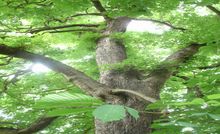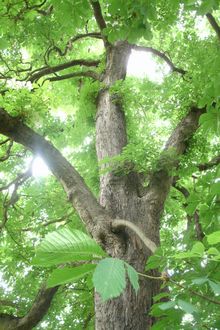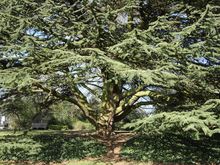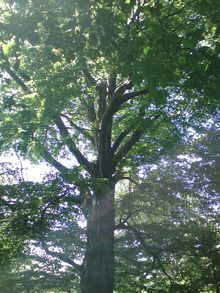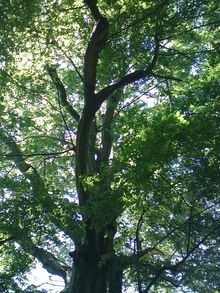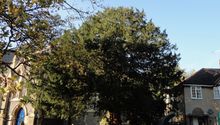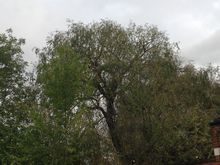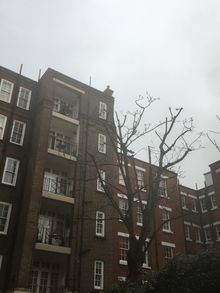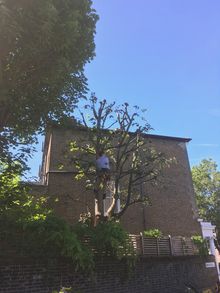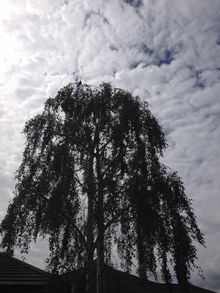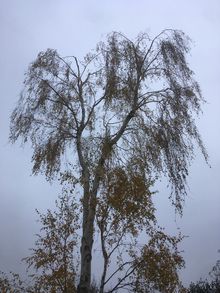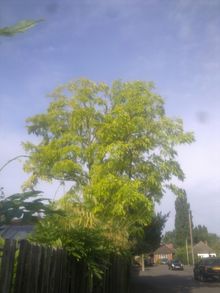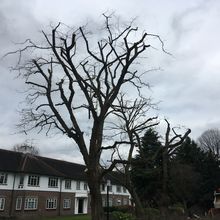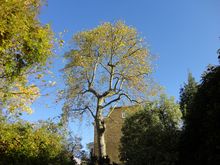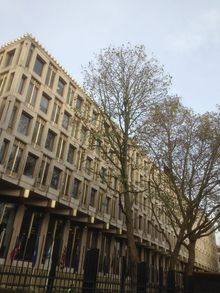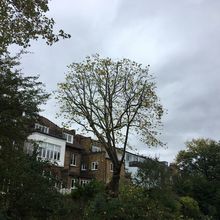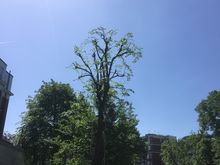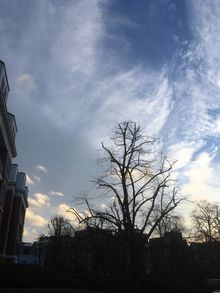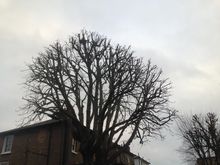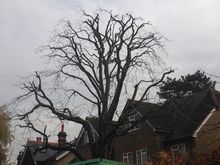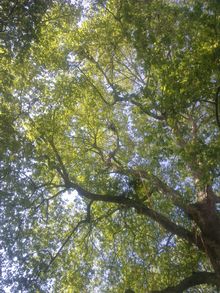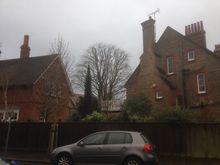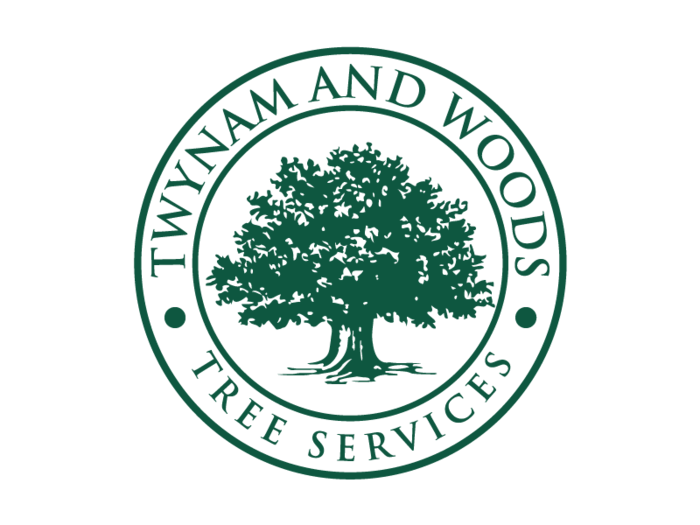Crown Reduction and Thinning in West London

Trees with extensive canopies can become unsightly, problematic or even dangerous (depending on where they’re located.) They can infringe on buildings, surrounding foliage and overhead wires, block light and cause obstructions to views and physical space.
In these instances, selectively shortening and removing branches is an effective method of making the crown of the tree (the parts with foliage) more manageable without dramatically changing the size and shape.
Crown reduction and crown thinning are two effective techniques to deploy when tree canopies need to be managed.
As the term suggests, crown reduction is the selective shortening or removal of branch tips throughout the tree, reducing the height and spread of the tree crown. The tree’s basic framework should be preserved, though the tree as a whole will be smaller in size. Crown reduction can be used to eliminate old, diseased and dead wood, or to simply make the tree smaller and more suitable to its location, minimising obstruction and hazards.
Crown thinning is the selective shortening, pruning or removal of secondary branches throughout the crown whilst largely retaining the natural form, size and structure of the tree. Rather than cutting branches shorter, this is removing secondary branches throughout to literally ‘thin’ the crown. This reduces the density of branches in the tree, reduces wind resistance (and danger of uprooting and storm damage), encourages better growth and increases the amount of light that can filter through,
All works are carried out in accordance with the guidelines set out in BS3998 (2010).
Contact us about Crown Reduction and Thinning services.

